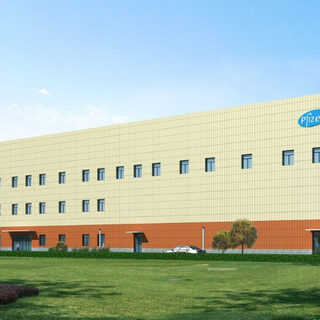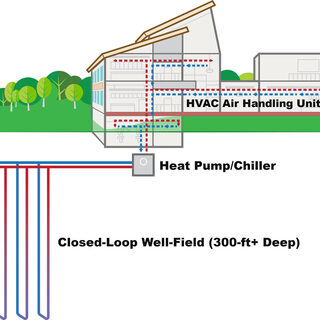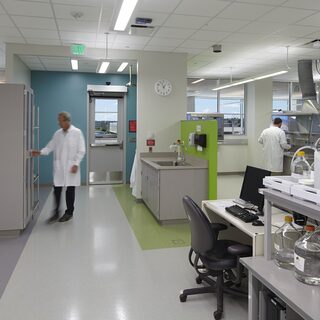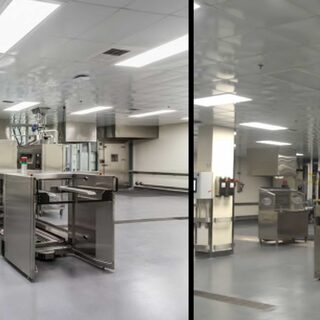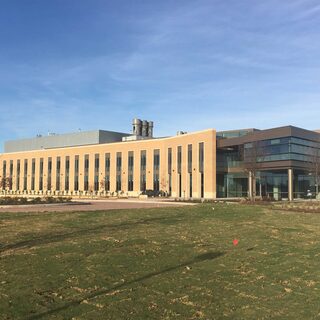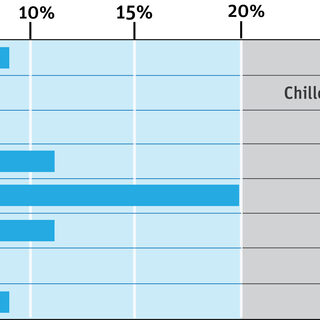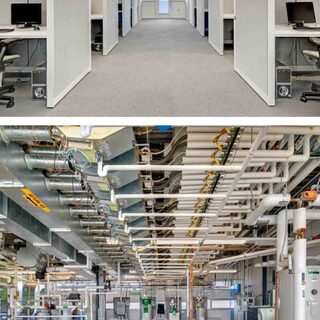Pfizer’s Dalian Pharmaceutical Factory Attains LEED-NC Platinum
Pfizer’s pharmaceutical factory in Dalian, China, has attained LEED-NC Platinum sustainable design certification. The project, which involved a 140,000-sf expansion to accommodate an aseptic workshop for cephalosporin products, began construction in 2014 and reached completion in April of 2017. As the chosen strategic partner for the project, Johnson Controls was involved throughout the design and construction process and provided building controls systems and lifecycle green building certification consulting services.

